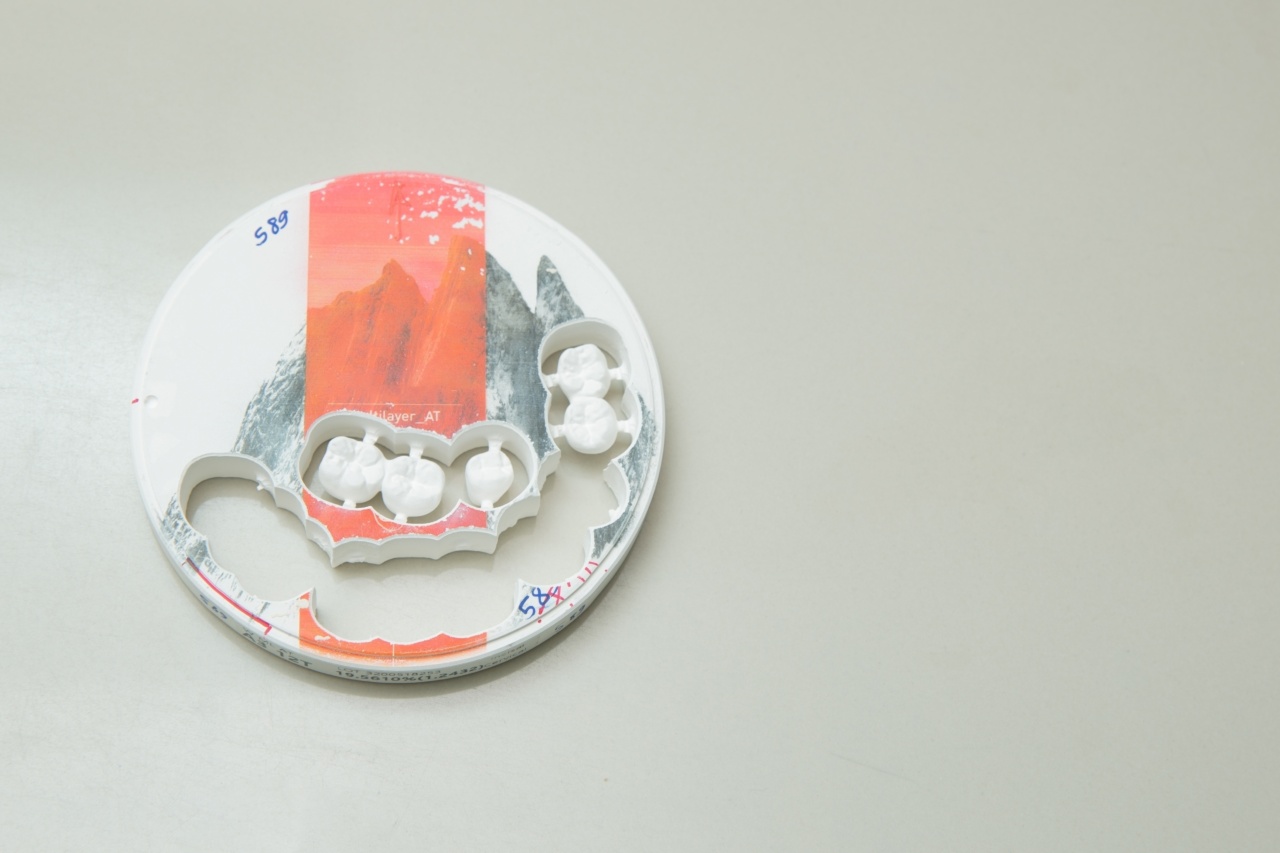Misaligned teeth, also known as malocclusion, is a common dental issue for many people. Misaligned teeth can lead to various problems, including difficulty chewing, speaking, and even breathing in some cases.
In this article, we will discuss the consequences of misaligned teeth and how you can fix them.
Consequences of Misaligned Teeth
There are several consequences of misaligned teeth, including:.
1. Difficulty Chewing
One of the main consequences of misaligned teeth is difficulty chewing. When teeth are not properly aligned, it can be challenging to bite and chew food correctly. This can lead to digestive problems and malnutrition over time.
2. Speech Impairment
Misaligned teeth can also cause speech impairments such as lisps or difficulty pronouncing certain words. This can affect a person’s self-confidence and social interactions, especially in professional settings.
3. Jaw Pain and Headaches
When teeth are not properly aligned, it can put extra pressure on the jaw, leading to jaw pain and headaches. This pain can range from mild to severe and can last for extended periods.
4. Gum Disease and Tooth Decay
Misaligned teeth can also make it difficult to maintain proper oral hygiene, leading to gum disease and tooth decay.
When teeth are not correctly aligned, it can be hard to brush and floss effectively, leading to plaque buildup, which can cause tooth decay and gum disease.
5. Sleep Apnea
In severe cases, misaligned teeth can also cause sleep apnea, a condition where a person’s breathing is interrupted during sleep. This can lead to a wide range of health issues, including fatigue, depression, and even heart disease.
How to Fix Misaligned Teeth
Fortunately, there are several ways to fix misaligned teeth, including:.
1. Braces
Braces are one of the most common ways to fix misaligned teeth. Braces work by applying constant pressure to move the teeth into their proper positions gradually.
Depending on the severity of the misalignment, braces may need to be worn for several months to a few years.
2. Invisalign
Invisalign is a popular alternative to braces. Instead of traditional metal brackets and wires, Invisalign uses clear, plastic aligners to move teeth into their proper positions.
Invisalign is a more discreet option and is often preferred by adults who do not want to wear braces.
3. Retainers
Retainers are used to keep teeth in their proper positions after wearing braces or Invisalign. Retainers can be worn full-time or part-time, depending on the severity of the misalignment.
Wearing a retainer is critical to maintaining the results of braces or Invisalign.
4. Surgery
In severe cases of misaligned teeth, surgery may be necessary to correct the issue. Orthognathic surgery is a procedure that involves repositioning the jaw to properly align the teeth.
This is typically reserved for cases where other forms of treatment have not been successful.
Conclusion
Misaligned teeth can have several consequences, including difficulty chewing, speech impairments, jaw pain, gum disease, and even sleep apnea.
Fortunately, there are several ways to fix misaligned teeth, including braces, Invisalign, retainers, and surgery. If you are experiencing any of the above issues, it’s essential to consult with a dental professional to discuss the best treatment options for your situation.


























